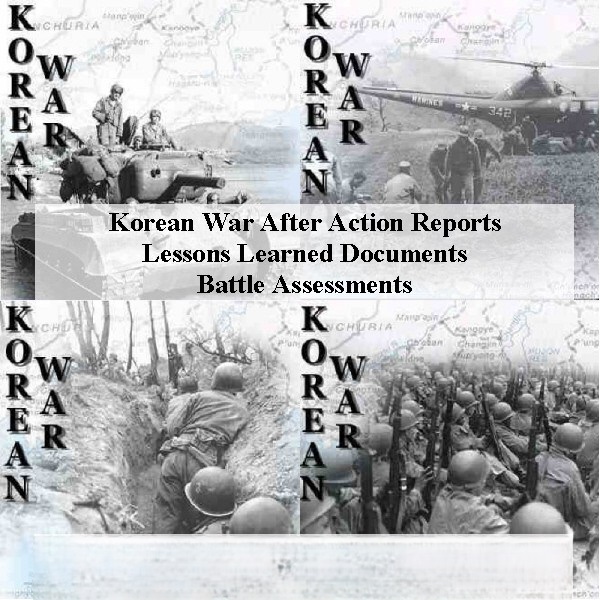
Description
Korean War Key Events and Personnel
Detailed Timeline of Main Events (Based on Provided Source)
This timeline focuses on the key events and periods explicitly mentioned in the provided description of the “Korean War After Action Reports.”
- July 5, 1950: Battle of Osan: The first engagement of the Korean War involving American troops. A battalion-sized force was deployed to delay the North Korean advance while the 24th Infantry Division arrived. This battle highlighted weaknesses in US Army equipment, personnel, training, leadership, and fire/maneuver tactics.
- July – Mid-September 1950: North Korean Offensive and the Pusan Perimeter: The description mentions the weakened North Korean army “hurling itself fruitlessly against the Pusan Perimeter for nearly a month and a half.” This indicates a sustained period of intense fighting where UN forces, primarily South Korean and US units, held a defensive line in the southeast corner of the Korean Peninsula.
- September 13, 1950: Preliminary Naval Gunfire and Air Bombardment (Inchon): As a precursor to the amphibious landing, US naval forces began shelling and bombing the Inchon area.
- September 15, 1950: Inchon Landing (Operation Chromite): U.S. Marines of the First Marine Division and the Army’s Seventh Infantry Division landed at Inchon. Initial resistance was modest, and initial objectives were quickly secured.
- September 17, 1950: Capture of Kimpo Airfield: US forces captured the strategically important Kimpo airfield near Seoul.
- September 19, 1950: Kimpo Airfield Operational: The captured airfield began supporting UN operations.
- September 29, 1950: Recapture of Seoul: After days of intense street fighting, Seoul was returned to the South Korean government.
- November 1950: Chinese Intervention and Battle of the Chongchon River: The description of the “Commentary on Infantry and Weapons, Korea, 1950-51” indicates that the author began their post-combat company critique technique with the November 1950 battle, coinciding with the entry of a “new opponent” (implied to be Chinese forces). The Battle of the Chongchon River is explicitly mentioned as one of the operations covered in this report.
- November 1950: Chinese Entry and UN Withdrawal: The report on the Battle of Chipyong-ni states that Chinese forces entered the Korean War in November 1950, leading to a southward retreat of UN forces.
- Winter 1950-1951: “First Winter” Campaign and Operations Punch & Battle of Chosin Reservoir: The “Commentary on Infantry and Weapons, Korea, 1950-51” focuses on this period of “greatest and most prolonged stress” for the 8th Army. Operations Punch and the Battle of Chosin Reservoir are specifically named as events within this campaign.
- July 1, 1950 – January 21, 1951: Period Covered by “The Employment of Armor in Korea Volume I”: This report primarily analyzes armor activity during the initial months of the war, encompassing the North Korean offensive, the Inchon landing, and the early stages of the Chinese intervention.
- January 21, 1951 – April 8, 1951: Period Also Covered by “The Employment of Armor in Korea Volume I”: This represents a subsequent period of armor activity analyzed in the report.
- February 1951: Battle of Chipyong-ni: Chinese forces suffered their first tactical defeat since entering the war. The successful defense of Chipyong-ni was considered a turning point in the Eighth Army’s revitalization by General Ridgway, halting the Chinese offensive on the central front.
- Mid-March 1951: Recapture of Seoul (Second Time): Following the victory at Chipyong-ni, the US Army steadily advanced northward and retook Seoul.
- Spring 1951: UN Forces Reach the 38th Parallel: By the first day of spring, UN forces had advanced to a position just below the pre-war border between North and South Korea.
- November 1951 – December 1953: Period Covered by “Dissemination of Combat Information from Korea Bulletins”: These bulletins, containing extracts from command reports, documented problems, solutions, suggestions, and lessons learned from combat experience throughout a significant portion of the war, after the initial major offensives.
- 1950 – 1953: Period of “Integration of Koreans into US Units”: This indicates a sustained effort to incorporate South Korean personnel into American military formations throughout a significant duration of the conflict.
- 1951 – 1954: Period of “United Nations Partisan Warfare Korea”: This report covers UN-supported guerrilla activities behind enemy lines for a substantial period of the war and its immediate aftermath.
Cast of Characters and Brief Bios (Based on Provided Source)
- Douglas MacArthur: General of the Army. Conceived the Inchon Landing (Operation Chromite) and successfully persuaded doubting commanders of its strategic value.
- Kim: Not explicitly identified by a full name, but referenced in “Kimpo airfield was taken on 17 September,” likely associated with the name of the airfield.
- Matthew Ridgway: General. Regarded the defense of Chipyong-ni as the turning point in the Eighth Army’s revitalization, leading to the subsequent UN advance.
- Smith (Implied Leader of Task Force Smith): Referenced in the title “Task Force Smith at Osan as Leadership Failure.” This individual was likely the commander of the American battalion-sized force that engaged the North Koreans at the Battle of Osan.
Korean War After Action Reports Lessons Learned Documents Battle Assessments
6031 pages of United States Military documents dating from 1950 to1992, mostly from the early 1950’s, composed of after actions reports, lesson learned bulletins, and other reports dealing with the assessment of combat activity during the Korean War.
Materials include:
After Action Reports
3,567 pages of Korean War after action combat reports from various Naval vessels including: Air Task Group 1 & 2, Carrier Air Group 2, 4, 5, 7, 9, 11, 12, 14, and 15, USS Antietam, USS Badoeng Strait, USS Bairoko, USS Bataan, USS Bon Homme Richard, USS Boxer, USS Essex, USS Kearsarge, USS Lake Champlain, USS Leyte, USS Oriskany, USS Point Cruz, USS Princeton, USS Rendova, USS Sicily and USS Valley Forge.
Dissemination of Combat Information from Korea Bulletins
760 pages of Dissemination of Combat Information from Korea Bulletins, from November 1951 to December 1953. These bulletins are made up of extracts from previously confidential and secret command reports. The material cover problems, solutions, suggestions, and lessons learned from combat experience during the Korean War. Hundreds of topics cover every aspect of on the ground and in the air combat situations, from the effectiveness of major weapons systems, equipment, personnel, tactics, ammunition, to experiments with the use of plastic mess trays.
Operation Chromite – Inchon Landing – X Corps Report, Oct 1950
An October 1950 report on the September 1950 Inchon Invasion. On 15 September 1950, after hurling itself fruitlessly against the Pusan Perimeter for nearly a month and a half, the weakened North Korean army was suddenly confronted with a grave threat at its rear. U.S. Marines had landed at the western port city of Inchon, near Seoul, and were poised to move inland to retake the capital and decisively cut the already tenuous North Korean supply lines. This amphibious operation was conceived by General of the Army Douglas MacArthur. Though strategically tempting, Inchon was a tactically challenging amphibious target, with long approaches through shallow channels, poor beaches and a tidal range that restricted landing operations to a few hours a day. It took all of General MacArthur’s unparalleled powers of persuasion to sell his concept to doubting Army, Navy and Marine Corps commanders.
Forces gathered for the Inchon invasion included the First Marine Division, the Army’s Seventh Infantry Division, some South Korean units, virtually every available amphibious ship, and dozens of other Navy warships. Most of the Marines had recently arrived from the U.S., while the rest were withdrawn from the Pusan Perimeter defenses. Preliminary naval gunfire and air bombardment began on 13 September. The 1st and 5th Marines went ashore on the morning of the 15th. Resistance and casualties were modest, and initial objectives were quickly secured. Over the next several days, as supplies and troops poured ashore at Inchon, the Marines moved relentlessly toward Seoul. Kimpo airfield was taken on 17 September and was in use to support operations two days later. On 29 September, after days of hard street fighting, Seoul was returned to the South Korean government.
Commentary on Infantry and Weapons, Korea, 1950-51
A report written in 1951, It focuses exclusively upon the campaign of the first winter in which 8th Army experienced its greatest and most prolonged stress. The conditions particular to that period provide the best opportunity for the clear profiling of weapons, tactical and leadership values in combat against the background of training methods and the armament program. Operations covered in this report include, Operation Punch, Battle of Chosen Resovir, and the
Battle Chongchon River
The author of the report developed the post-combat company critique technique in the Central Pacific Theater and then applied it in European Theater during World War II. He used the same general method in Korea, beginning with the November 1950 battle. The report gives precise detail on the logistics of the infantry fight and place primary emphasis on the fighting characteristics of the new opponent.
The commentary is divided into three parts, the behavior of men in the use of weapons, the behavior of weapons as men use them, and the use of information in augmenting fighting power. The first draft of this work was studied and criticized by 43 divisional, regimental, and battalion commanders who had successfully led troops in the winter campaign. They were asked to give it the best of their attention, strengthening, sharpening, and refining it where needed.
The Employment of Armor in Korea Volume I
A 1951 report. The body of this report is largely concerned with armor activity during the period 1 July 1950 to 21 January 1951. Activity between 21 January 1951 and 8 April 1951. The report covers factors influencing the employment of tanks in Korea, including terrain and trafficability, tank-infantry teamwork and communications, cold weather operation and maintenance, and logistic support are also part of this discussion. In addition, sections have been devoted to recommendations and suggestions from personnel of armored units and on the suitability of the various types of tanks actually employed in Korea. Includes a brief study on the economies of the use of the M46 tanks, as compared with the then new medium tank T42.
Enemy Tactics, Techniques & Doctrine, Intelligence Studies, 1951
A group of studies compiled in 1951, which were previously published in Periodic Intelligence Reports of IX Corps and some of which at the time were being published for the first time. According to the report the individual works are a result of the collation of information from all sources. Where possible, intensive interrogations of prisoners of war were conducted in order to determine first hand, the actual tactics practiced and doctrine followed rather than to rely wholly upon captured documents, the contents of which, in many cases, were not adhered to.
Battle of Osan, 5 July 1950
A 1969 report on the Battle of Osan. The Battle of Osan was the first engagement of the Korean War involving American troops. It was fought by a battalion-size force to delay the opposition’s advance while its parent unit, the 24th Infantry Division, entered Korea through the port of Pusan and assembled around Taejon in early July 1950, soon after the beginning of the North Korean Communist invasion of South Korea. The battle is of significance because it illustrates the importance of fire effectiveness, unit training, reliable equipment, leadership, and military discipline. The holding action at Osan revealed many weaknesses in the equipment and personnel of the American Army of 1950 and in its uses of fire and maneuver in a delaying action.
Battle of Chipyong-ni, February 1951.
A 1990 report on the battle at Chipyong-n. At Chipyong-ni, Chinese forces suffered their first tactical defeat since entering the Korean War in November 1950. An all-out Chinese offensive had been broken and their withdrawal from the crossroads village, a keystone of Eighth Army’s central front, signaled a pullback all along the Chinese line of advance southward. If Chlpyong-ni had fallen, the entire United Nations Command front would have been severely endangered. General Ridgway regarded the defense of Chipyong-ni as the turning point in the Eighth Army’s revitalization. After defeating the massive Chinese effort, the U.S. Army advanced steadily northward, recaptured Seoul by mid-March 1951, and by the first day of spring stood just below the 38th parallel.
Other Reports include:
Anti-Guerrilla Operations in Korea 1950, Memos, X Corps.
Enemy Tactics in Korea, Field Study, December 1951
Ineffective Soldier Performance Under Fire, Korea, 1951
North Korean Defensive Tactics, Reports, 1951
Psywar Operational Deficiencies Noted in Korea, Study, Aug 1953
Integration of Koreans into US Units, 1950-1953
Structure of a Battle: Analysis of a UN-UK Action North of Taegu, Korea, Sept 1950
United Nations Partisan Warfare Korea 1951-1954, Operations Research Report 1956
Task Force Smith at Osan as Leadership Failure, Paper, 1992.
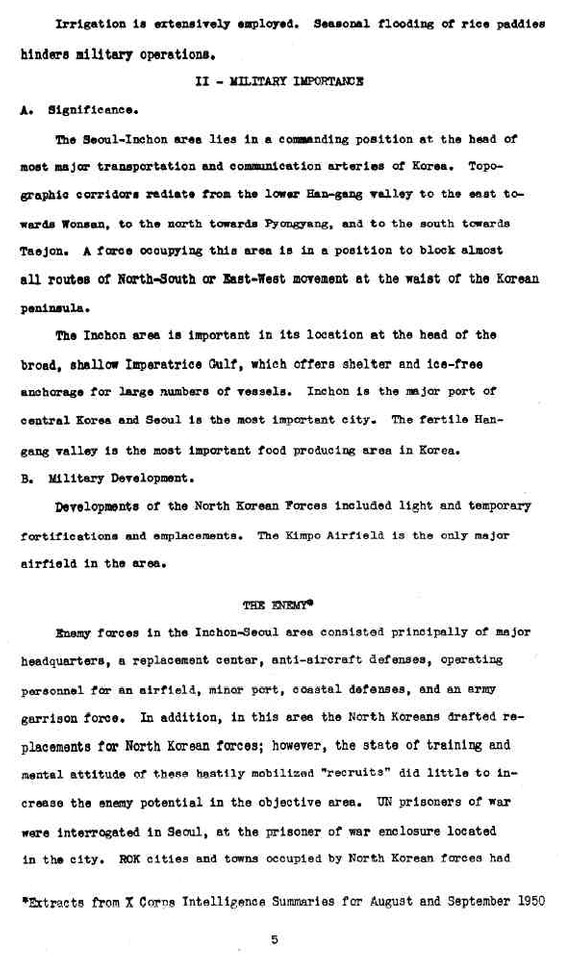
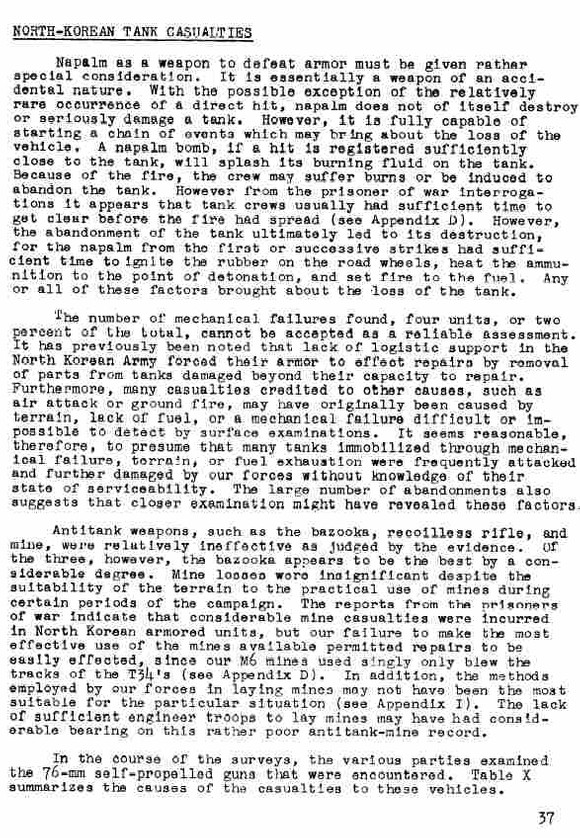
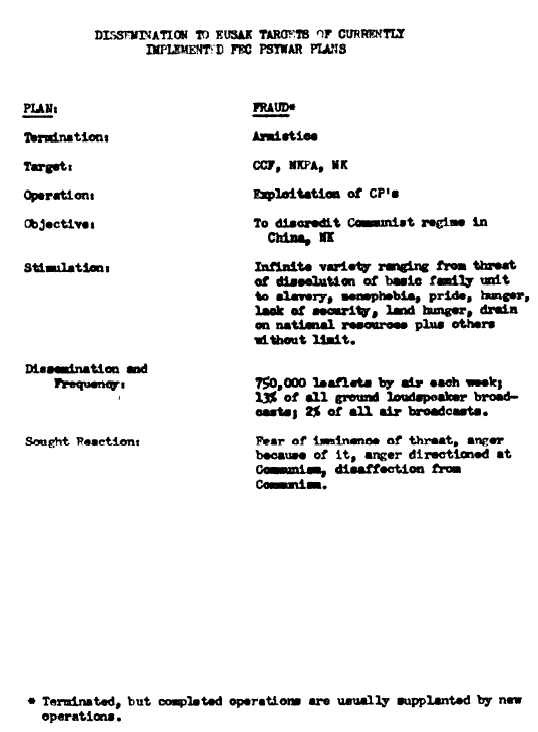

Related products
-
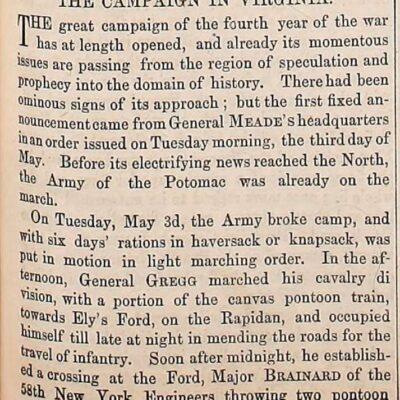
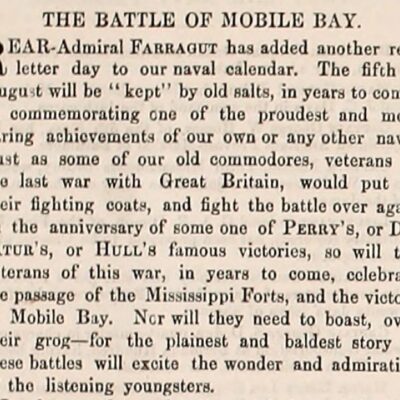
Civil War: Army Navy Journal & Gazette Volume 1 (1863 – 1864)
$19.50 Add to Cart -
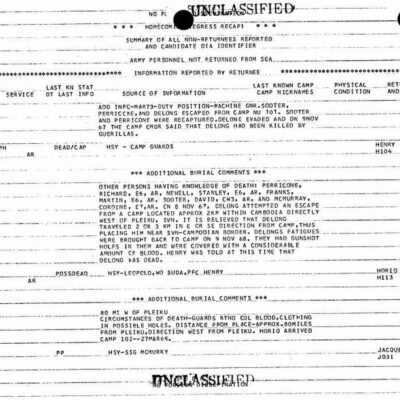
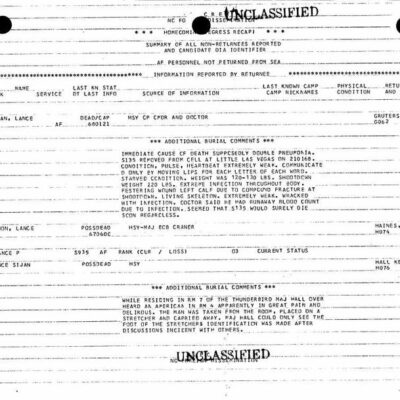
Vietnam War: POW/MIA Summary of All Reported Non-Returnees
$19.50 Add to Cart -
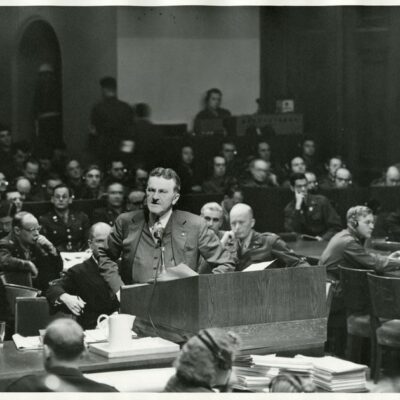
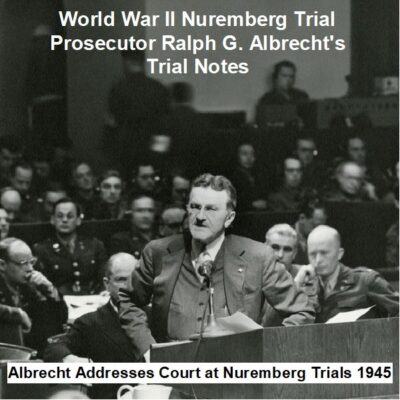
Trial Notes of Ralph G. Albrecht, Prosecutor at the Nuremberg Trials of World War II
$3.94 Add to Cart -
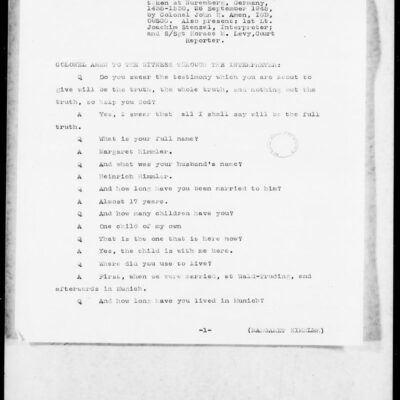
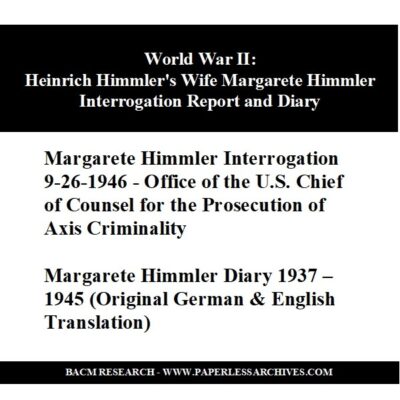
World War II: Interrogation Report and Diary of Margarete Himmler, Wife of Heinrich Himmler
$3.94 Add to Cart